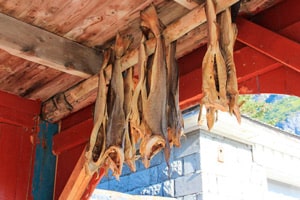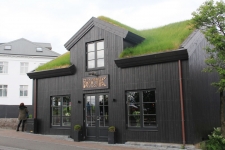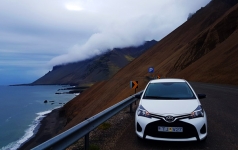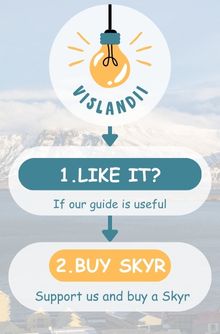Reykjavik is the capital of Iceland and the largest city on the island. Usually, all trips to Iceland begin or end with a tour of Reykjavik. So what to do in this northern city? Detailed instructions are here!
Reykjavik and the six surrounding municipalities form what is often called Greater Reykjavik. More than half of the nation lives in Greater Reykjavik. Reykjavik and the neighboring regions are full of sights that cannot be missed.
- Firstly, the name of the city should be pronounced correctly with emphasis on the last syllable – ReykjavIk.
- Secondly, more than 60% of Iceland's population lives in the Greater Reykjavik area, but this area accounts for only slightly more than 1% of the total territory of the country.
- Thirdly, the city of Reykjavik has a latitude of 64°08' north latitude, which makes it the northernmost capital of the world of a sovereign state.
Content:
- General information about Reykjavik
- The history of Reykjavik
- Reykjavik Tourist Attractions
- How to get from the airport to Reykjavik and back
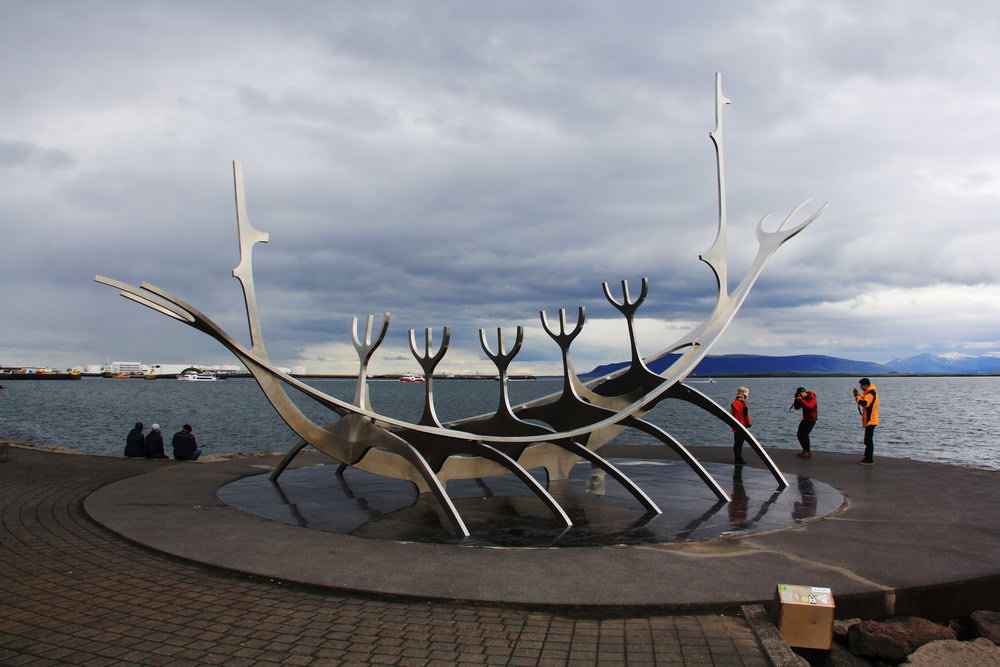
10 Things to Do in Reykjavik
- Stroll through the ancient streets with wooden houses. Laugavegur, Laugavegur is the central and most famous street in Reykjavik. Although this street is not pedestrian, there are not many cars on it. There are numerous souvenir shops, cafes and restaurants along the street.
- Go to the old harbor, which stretches near Laugavegur Street for several blocks along the sea. The Old Harbor in Reykjavik offers excellent views of the surrounding islands and skerries. And right along the embankment there are beautiful and not so beautiful, big and small, old and new ships.
- Visit the sculpture "Sunny Wanderer" - the symbolic sculpture of the ship is a tribute to the sun and symbolizes Iceland's close connection with the sea.
- To eat lobster soup in one of the restaurants. There are a large number of such establishments near the old harbor.
- Go to the Hadlgrimskirkja Church - the Lutheran church, 75 meters high, is very unusual both outside and inside. The most interesting place in the temple is the observation deck, which offers a wonderful view of Reykjavik and the surrounding mountain peaks.
- Take a free tour of Reykjavik - as in many large European cities, free city tours have become very popular. Of course, there are such tours in Reykjavik. Local enthusiasts will tell you the history of the city, take you to unusual places and all this for free, or rather for a tip, but no one determines the amount that you should leave. However, it is worth remembering that many people often gather for such tours, and especially in Reykjavik, so you can even book seats in advance citywalk.is
- Go with a warm wool sweater with reindeer. Even in the summer it can be cold in Iceland, so a knitted sweater made of sheep's wool will be useful to you.
- Take a dip in the ocean on Nauthólsvík beach, there are hot water baths right on the shore, so you can put your body to the test of strength: plunge into the cold ocean waves, then jump into the hot water of the thermal spring. https://nautholsvik.is
- To see how people lived in Iceland decades ago, visit the Árbæjarsafn Open-air museum (at Kistuhylur 4). This is a whole settlement in which you will be transported back centuries to observe the life and work of the first Icelandic farmers.
- Try rotten shark meat Hakarl in Icelandic is Kæstur, wash it down with local cumin and potato vodka. Hakarl is the dried meat of the Greenland polar shark or Giant Shark. Shark meat is buried for 6-8 weeks so that the poisonous ammonia-rich juices flow out of the shark and it can be eaten. After, in fact, rotting, the meat wilts for 2-4 months in the fresh air. After that, the meat is cut into cubes and eaten.
Read more about rotten shark meat and other exotic Icelandic dishes, such as baked lamb's head, here:
Traditional Icelandic Cuisine
Many have heard about the "terrible" Icelandic dishes, or rather about how they smell, look and what they are made of.
But let's see if traditional Icelandic c...
General information about Reykjavik
- The area is 1,062 km
- The population is about 130,000 people
- The population density is 471/km2
Reykjavik is the capital of Iceland and the only city as such in the country. Approximately 123 thousand people live in Reykjavik, but about 217 thousand people live in the Greater Reykjavik area. The greater Reykjavik area consists of Reykjavik and six municipalities around it:
- Kopavogur
- Hafnarfjordur
- Gardabaer
- Mosfelsbaer
- Seltjarnnes
- Kyosarreppur
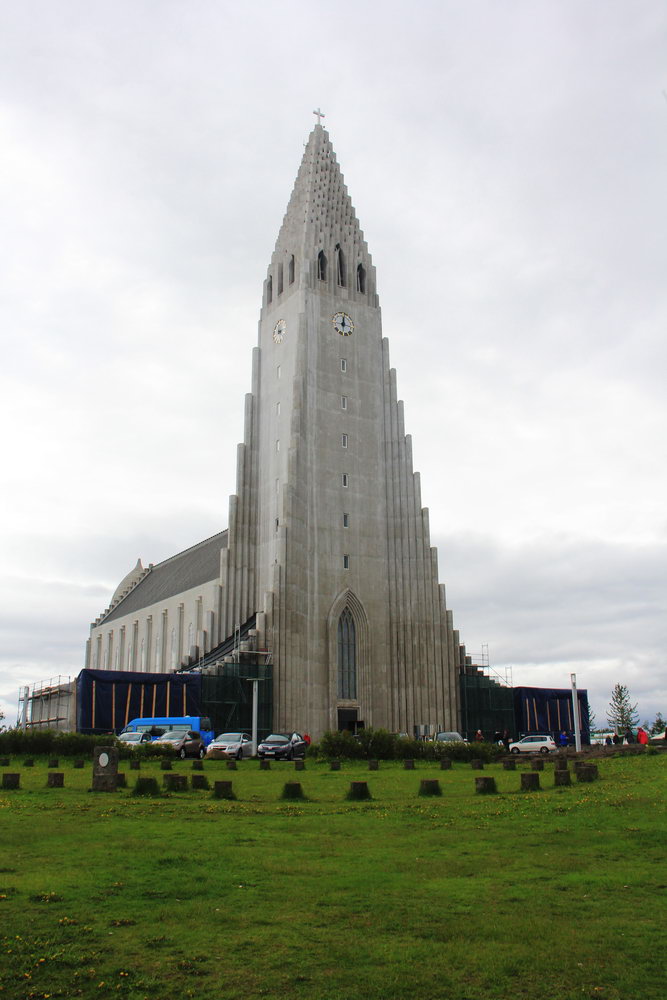
With population growth and relocation to the southwestern region by the end of the 20th century, populated areas spread beyond Reykjavik and Hafnarfjord. Kopavogur and Sellarnns expanded rapidly. Garragreppur district spread in record time and became the city of Garrabara. The youngest municipality in Greater Reykjavik is Mosfellsbær, which grew out of the small community of Mosfellssveit.
Markets and fish processing plants are still operating. Recently, high-tech and scientific enterprises, such as bitcoin mining crypto farms, have been increasingly strengthened.
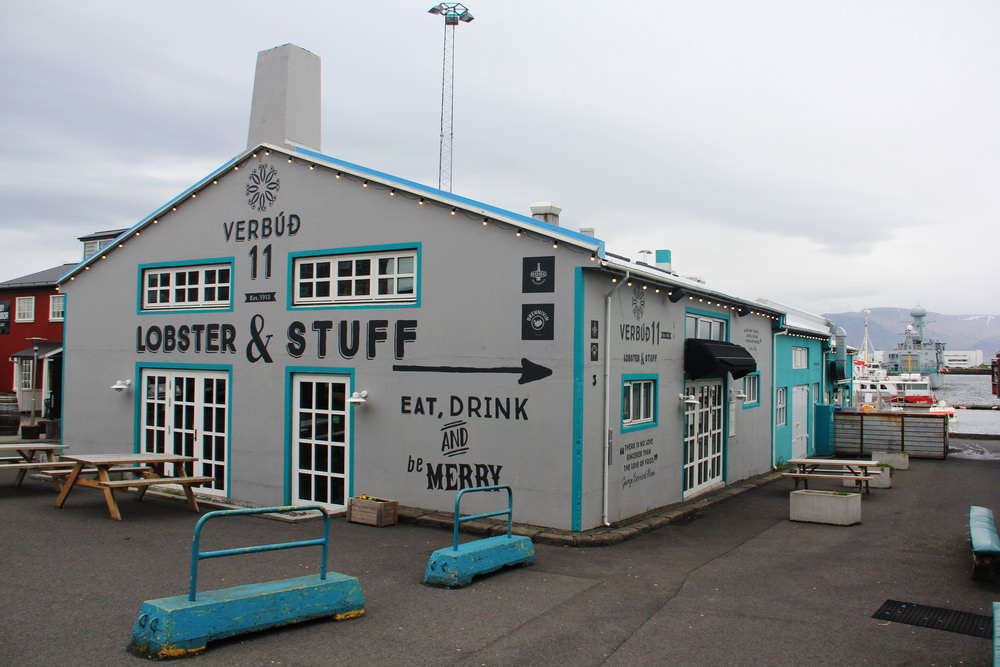
The history of Reykjavik
Reykjavik means "Steaming Bay" in translation.
And this settlement arose at the end of the IX century due to the influx of immigrants from Northern European countries, mainly Norway and Britain, to these places.
The legends of the origin of Reykjavik are passed down by the locals from mouth to mouth as legends and sagas. The name of the city goes back to the time of the first settler Ingolfur Arnarson, who began the history of Reykjavik. The farmer landed on the island and was amazed by the large number of geysers and fountains that burst out of the ground. Clouds of hot steam rose above the fountains. These hot water sources have been supplying the whole of Reykjavik with heat up to our time.
Settlers from Ireland and Northern Scotland brought with them cattle, household utensils, dishes and furniture. It was these people who settled the island and formed a small village here. At the end of the 13th century, Norwegians also arrived on the island, and the city of Reykjavik became an administrative and business center, where taxes and taxes were brought from other settlements. Representatives of business circles from England, Norway, and later from all over Europe came to the city to conclude all kinds of deals. In fact, Denmark was the owner of Iceland at that time, and Reykjavik was a serious economic and trade conglomerate.
Sometimes pirates raided the city and destroyed it to the ground.
Reykjavik officially became a city only in 1786, and at that time the number of inhabitants numbered only 167 people, although the total number would have been 300 if all neighboring regions had been included. In 1845, Parliament was restored in Reykjavik, and at that time there were already about 1,000 inhabitants in Reykjavik.
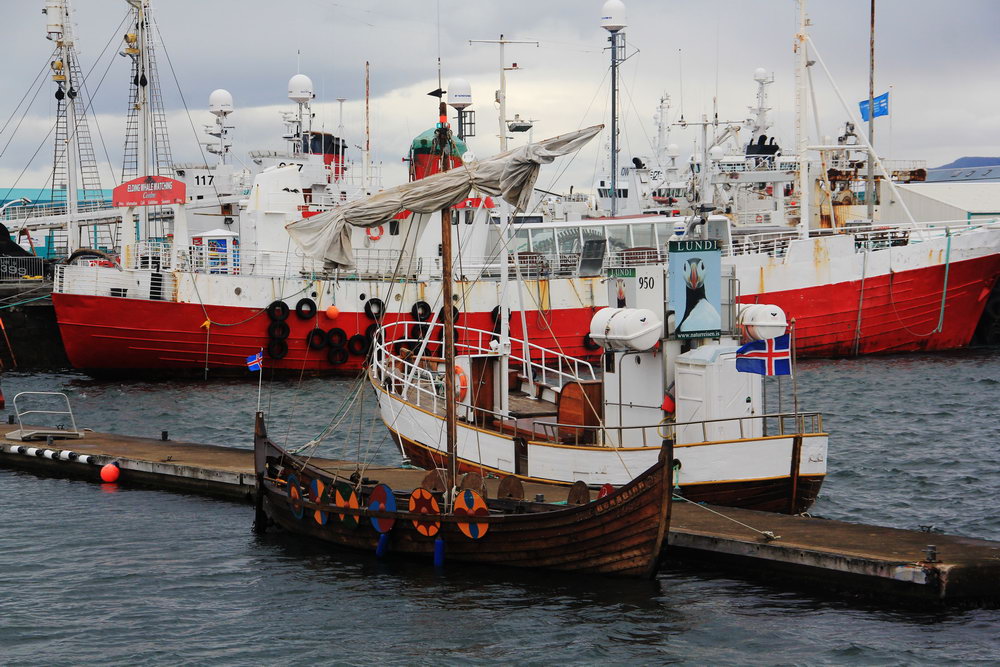
Reykjavik Tourist Attractions
While the center of the region, the capital of Iceland, Reykjavik, has the highest concentration of cultural attractions, it also has a huge number of tour operators offering everything from volcanic tours to scuba diving in the otherworldly waters of the Sylphra.
Of course, the first sights that you will encounter when preparing for a trip to Reykjavik will be: Harpa Concert Hall, Laugavegur shopping street, Halgrimskirkja Church, Perlan and Heidmore Nature Reserve, Sun Voyager sculpture. But besides these well-known places, Reykjavik has something to show.
Reykjavik is a hotbed of activity all year round, with an incredible number of annual festivals and seasonal events attracting countless viewers and media attention from around the world. You can read about which festivals are planned in the near future on the official page of Reykjavik visitreykjavik.is/festivals .
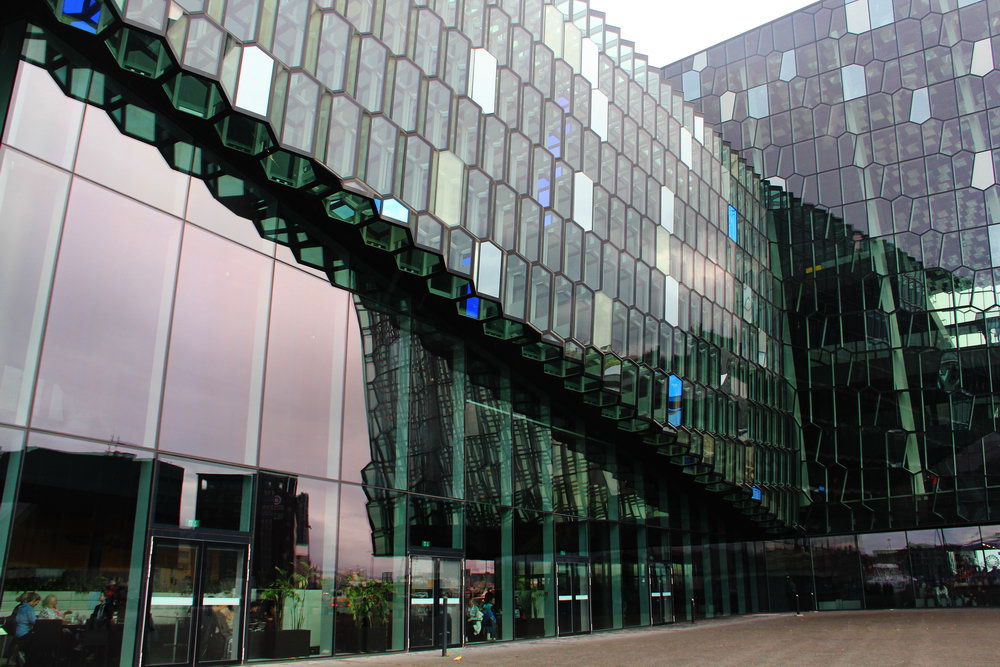
If you think that Reykjavik is very expensive and there is nothing to do there without a huge budget, then we recommend reading our article - 10 free attractions of Reykjavik
10 Free Reykjavik Attractions
Even in one of the most expensive countries in the world, Iceland, in the capital Reykjavik, there are inexpensive or even free attractions available almost 24 hours a...
How to get from the airport to Reykjavik and back
Shuttle buses run regularly from Keflavik Airport to Reykjavik. The bus service is provided by two car companies Reykjavik Excursions and Airportexpress.
The cost of the bus is about $ 25 one way, you can also buy a ticket in both directions at once, then it will cost a little cheaper than two separate ones.
But it is much more convenient to get from the airport to Reykjavik by rented car. If you are going to rent a car to travel around Iceland anyway, it is better to do it right at the airport. As a result, it can be much cheaper than going to Reykjavik and picking up a car there. How to find cheap cars in Iceland, read here:
Car rental in Iceland - tips and tricks
Rent a car in Iceland - how to choose proper car, what is the cost of renting a car, is it worth taking full insurance, where you can drive a car, and where you have t...

